Uncover the chilling details behind why Aaron Hernandez murdered Odin Lloyd on June 17, 2013, in North Attleborough, Massachusetts. WHY.EDU.VN explores the possible motives, examining Hernandez’s background, the events leading up to the crime, and the aftermath, providing an in-depth analysis and potential solutions for understanding such a senseless act. Delve into the intricacies of the Odin Lloyd case, Aaron Hernandez trial, and the larger questions surrounding violence and celebrity.
1. The Tragic Beginning: Odin Lloyd’s Life and Aspirations
Odin Leonardo John Lloyd, born on November 14, 1985, in Saint Croix, U.S. Virgin Islands, moved to Dorchester, Massachusetts, seeking opportunity. Football became his beacon, a chance to escape a challenging environment. Lloyd was a promising linebacker for the Boston Bandits in the New England Football League (NEFL). His coach, Mike Branch, recognized Lloyd’s raw talent and sought to guide him.
His aspirations were tragically cut short when he was murdered at the age of 27. Lloyd’s dreams of a better life through football were never realized, making his death a devastating loss to his family and community.
1.1 Early Promise and Challenges
At John D. O’Bryant School of Mathematics and Science, Odin Lloyd excelled as a linebacker. However, distractions led to a decline in his grades, jeopardizing his college football prospects. Despite facing challenges, Lloyd’s talent was undeniable. Mike Branch served as a mentor, recognizing Lloyd’s potential and striving to help him succeed.
1.2 Encounters with the Law
Lloyd had two encounters with the law in 2008 and 2010, though both cases were dismissed. He briefly attended Delaware State University but had to leave due to financial issues.
2. The Unlikely Friendship: Odin Lloyd and Aaron Hernandez
Lloyd’s life took an unexpected turn when he met Aaron Hernandez through his girlfriend, Shaneah Jenkins, whose sister was Hernandez’s fiancée, Shayanna Jenkins. Despite their vastly different lifestyles, Lloyd and Hernandez formed a friendship. To Lloyd, Hernandez was someone who achieved his dream.
Bandits teammate J.D. Brooks described Lloyd as a humble man focused on providing for his family. While Lloyd was aware of Hernandez’s fame, he wasn’t driven by the desire for a glamorous lifestyle, as noted by teammate Omar Phillips.
2.1 A Meeting at a Family Gathering
Odin Lloyd first encountered Aaron Hernandez at a Jenkins family event. The two men, despite their contrasting backgrounds, established a connection. Lloyd’s simple lifestyle stood in stark contrast to Hernandez’s wealth and fame.
2.2 Perceptions of the Friendship
Those who knew Lloyd saw him as a regular, down-to-earth individual. Hernandez, according to those around Lloyd, was a loner. Teammates noted that while Lloyd was somewhat star-struck, he wasn’t seeking to emulate Hernandez’s lavish lifestyle.
3. The Shadow Over the Friendship: Aaron Hernandez’s Troubled Past
Aaron Hernandez’s life was marred by legal issues and violent incidents long before Odin Lloyd’s murder. He had been implicated in a bar fight and a double shooting in Gainesville, Florida, in 2007, although he was never charged. A fight in Plainville, Massachusetts, was overlooked due to his celebrity status.
In 2012, he was involved in a double homicide in Boston but was acquitted in 2014. He was also acquitted in a 2013 shooting in Miami. However, his involvement in Odin Lloyd’s murder would be the criminal act that defined his legacy.
3.1 A Pattern of Violence
Hernandez’s history included multiple incidents of violence, raising questions about his character and motivations. Despite his success on the football field, he struggled with legal troubles and a reputation for aggression.
3.2 The 2012 Double Homicide
Although Hernandez was acquitted of the 2012 double homicide, the case cast a shadow over his reputation and contributed to the perception of him as a troubled individual. The acquittal did not erase the suspicions surrounding his involvement.
4. The Night of the Murder: June 17, 2013
The events leading to Odin Lloyd’s murder began on June 14 at a Boston nightclub called Rumor. Prosecutors alleged that Hernandez was angered by Lloyd’s interaction with men with whom he had previously had an altercation. This perceived betrayal allegedly prompted Hernandez to seek assistance from two out-of-state friends, Carlos Ortiz and Ernest Wallace.
On June 17, Hernandez, Wallace, and Ortiz picked up Lloyd from his home around 2:30 a.m., marking the last time Lloyd was seen alive. During this time, Lloyd sent cryptic text messages to his sister, indicating his unease about the situation.
4.1 The Nightclub Incident
The altercation at Rumor nightclub is believed to be the catalyst for the events that led to Lloyd’s murder. Hernandez’s alleged anger over Lloyd’s actions fueled his desire for revenge.
4.2 Lloyd’s Final Texts
Lloyd’s text messages to his sister reveal his growing apprehension as he spent time with Hernandez and his associates. The messages serve as a chilling premonition of the tragic events to come.
5. The Discovery and Investigation
Workers at an industrial park in North Attleborough reported hearing gunshots between 3:23 a.m. and 3:27 a.m. on June 17. Later that day, Lloyd’s body was discovered in the same park. Five casings from a .45-caliber gun were found near the body, which had sustained five gunshot wounds to the back and side.
Hernandez quickly became a suspect, being the last person seen with Lloyd. He was arrested nine days later and charged with first-degree murder.
5.1 The Crime Scene
The discovery of Lloyd’s body at the industrial park marked the beginning of a high-profile investigation. The evidence found at the scene pointed to a deliberate and violent act.
5.2 Hernandez as a Suspect
Hernandez’s connection to Lloyd and his presence on the night of the murder made him the prime suspect. The investigation quickly focused on uncovering the truth behind his involvement.
6. The Trial and Verdict
Hernandez’s contract with the New England Patriots, valued at $40 million, was terminated within hours of his arrest. Corporate sponsorship deals were also canceled. Video evidence showing Hernandez returning home on the morning of the murder with a gun in his hand further solidified his fate.
In April 2015, Hernandez was found guilty on all charges related to Odin Lloyd’s murder and sentenced to life in prison without the possibility of parole. Wallace was found guilty of being an accessory after the fact, while Ortiz pleaded guilty to the same charge in exchange for prosecutors dropping the first-degree murder charge.
6.1 Loss of Endorsements and Contracts
The legal charges against Hernandez resulted in the immediate termination of his lucrative contracts and endorsements, marking a significant fall from grace. His career and public image were irreparably damaged.
6.2 The Sentencing
The guilty verdict and life sentence brought a sense of closure to Lloyd’s family and the community. However, the question of why Hernandez committed the murder remained a haunting mystery.
7. The Aftermath and Lingering Questions
Aaron Hernandez served only two years of his sentence before taking his own life on April 19, 2017. A post-mortem examination of his brain revealed severe brain damage, with Dr. Ann McKee noting the most extensive damage she had ever seen in an athlete younger than 46.
The Netflix documentary series Killer Inside: The Mind Of Aaron Hernandez explored these factors and attempted to understand the motives behind Lloyd’s murder. The exact motives remain unclear. Theories range from Hernandez’s fear that Lloyd discovered his alleged homosexuality to his paranoia over Lloyd’s perceived disloyalty at the nightclub.
7.1 Hernandez’s Suicide
Hernandez’s suicide added another layer of tragedy to the story, leaving many questions unanswered. His death prevented any further investigation into his motives and state of mind.
7.2 CTE and Brain Damage
The discovery of severe CTE in Hernandez’s brain raised questions about the impact of football on his behavior and decision-making. The brain damage may have contributed to his violent tendencies and paranoia.
8. Unraveling the Possible Motives
The question of why Aaron Hernandez murdered Odin Lloyd continues to intrigue and perplex. Several theories have emerged, each attempting to shed light on the complex and tragic circumstances surrounding the crime.
Table: Possible Motives for Odin Lloyd’s Murder
| Motive | Description | Evidence |
|---|---|---|
| Perceived Disloyalty | Hernandez believed Lloyd had disrespected him at a nightclub by talking to people with whom Hernandez had issues. | Testimony from prosecutors and witnesses suggesting Hernandez was enraged by Lloyd’s actions at the nightclub. |
| Fear of Exposure | Hernandez feared Lloyd would reveal his alleged homosexuality, which Hernandez wanted to keep secret. | Speculation based on Hernandez’s possible discomfort with his sexuality and desire to maintain a certain image. |
| Combination of Factors | A mix of paranoia, CTE, and other underlying psychological issues led Hernandez to commit the murder. | Medical reports indicating severe CTE, combined with evidence of paranoia and unstable behavior. |
| Connection to Other Crimes | Lloyd’s murder was part of a larger pattern of violence and criminal activity Hernandez was involved in. | Speculation based on Hernandez’s history of involvement in other violent incidents. |
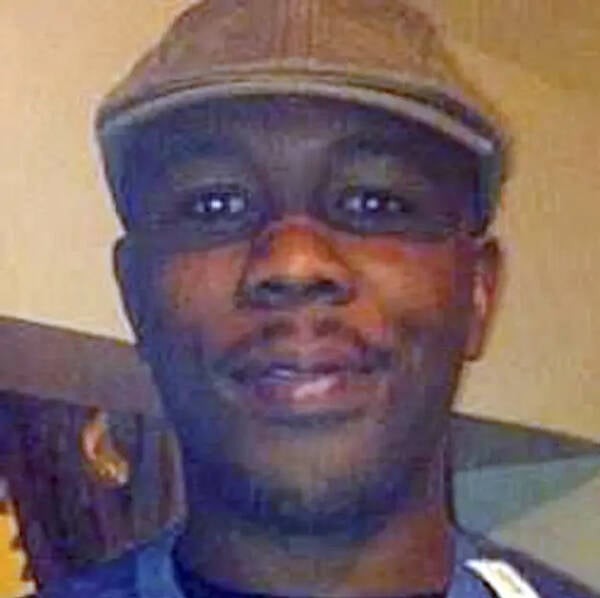
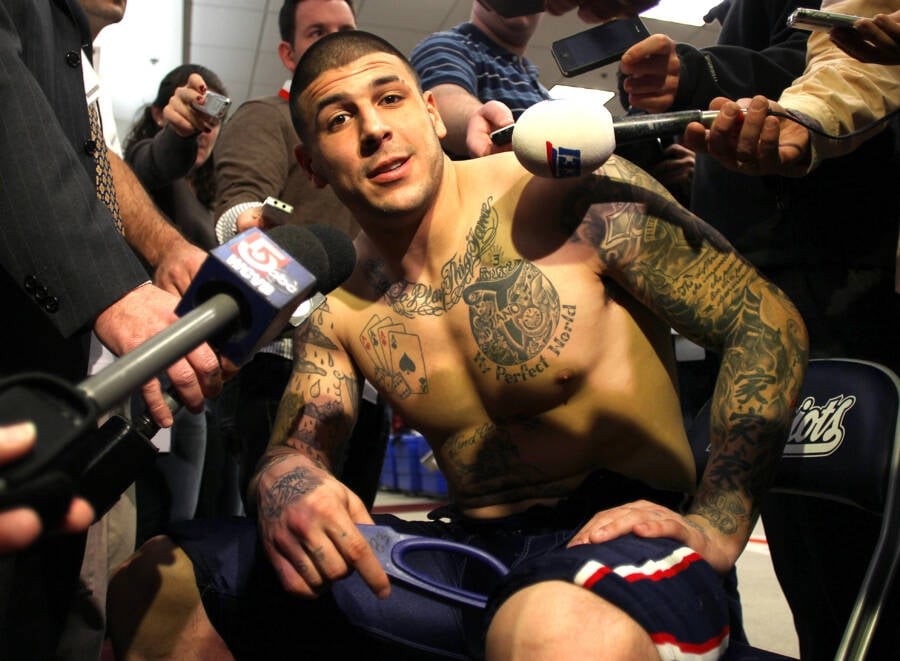
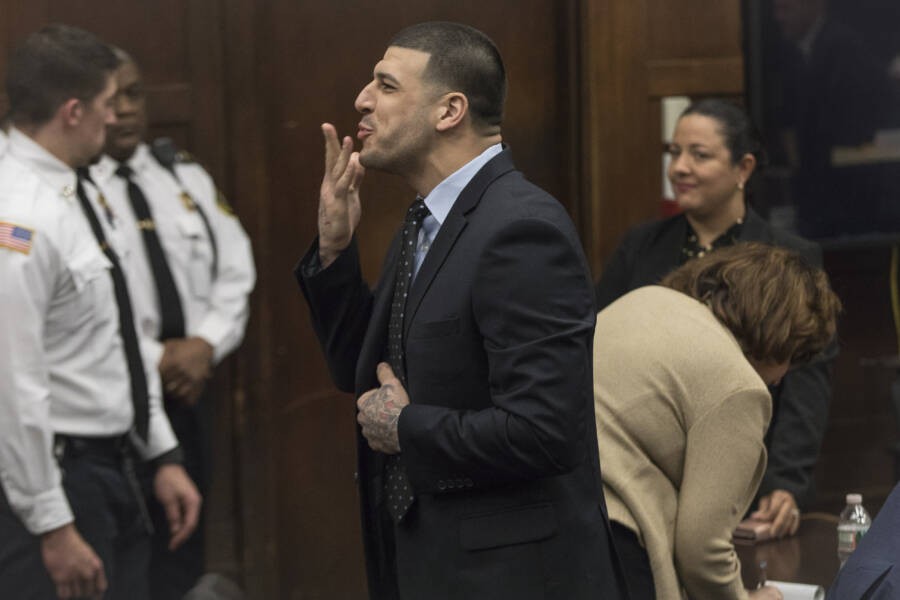
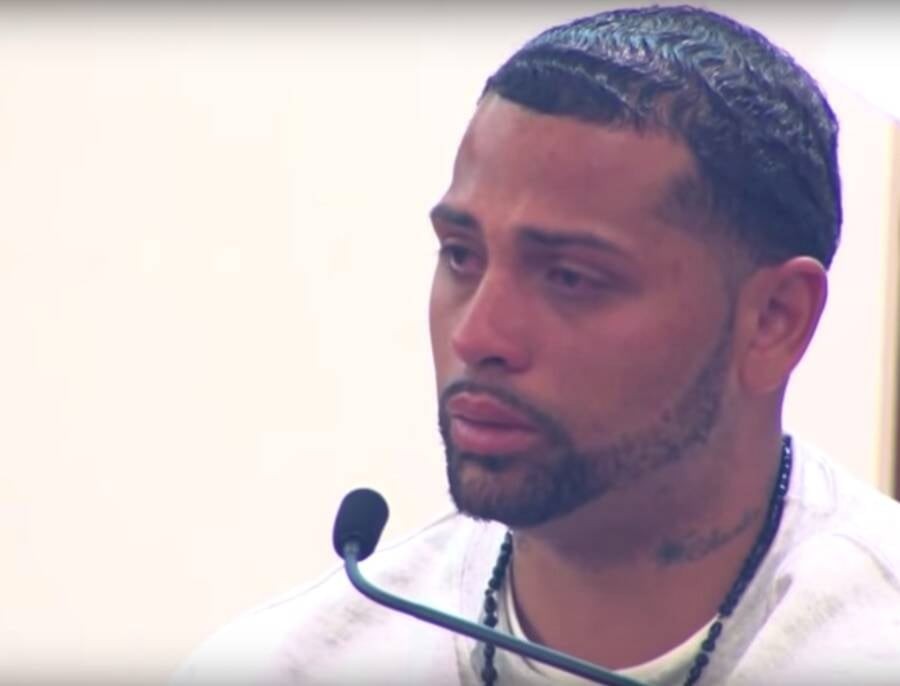
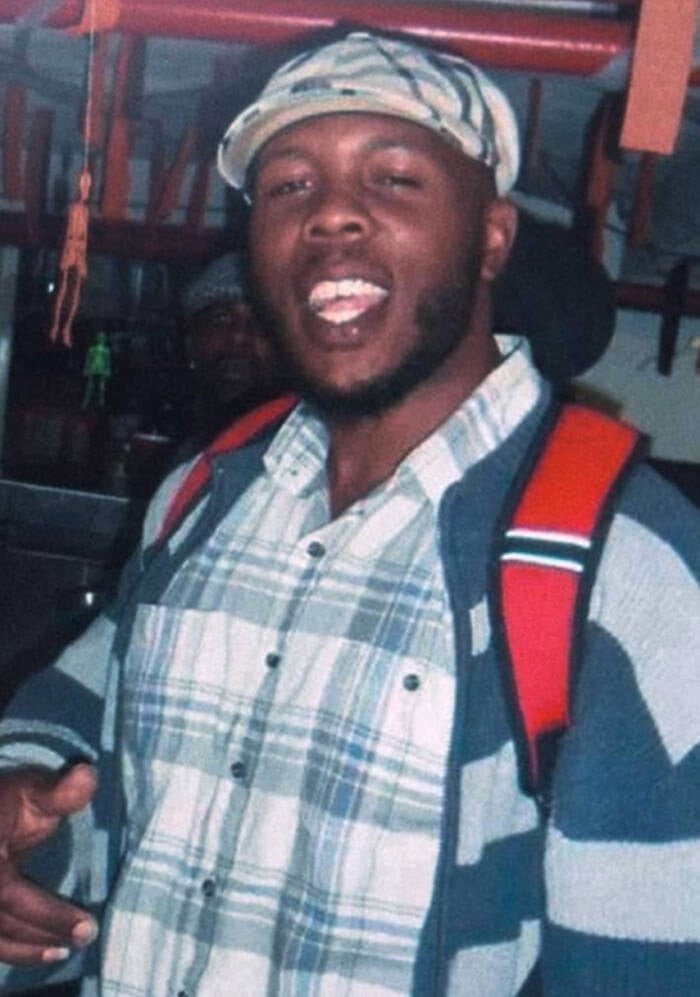
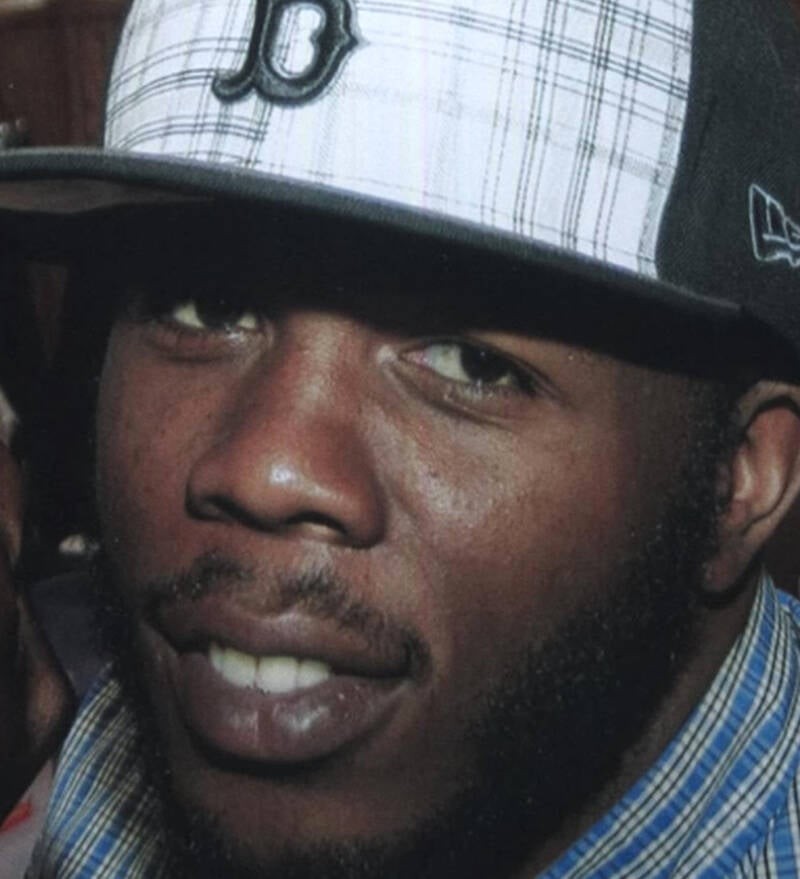
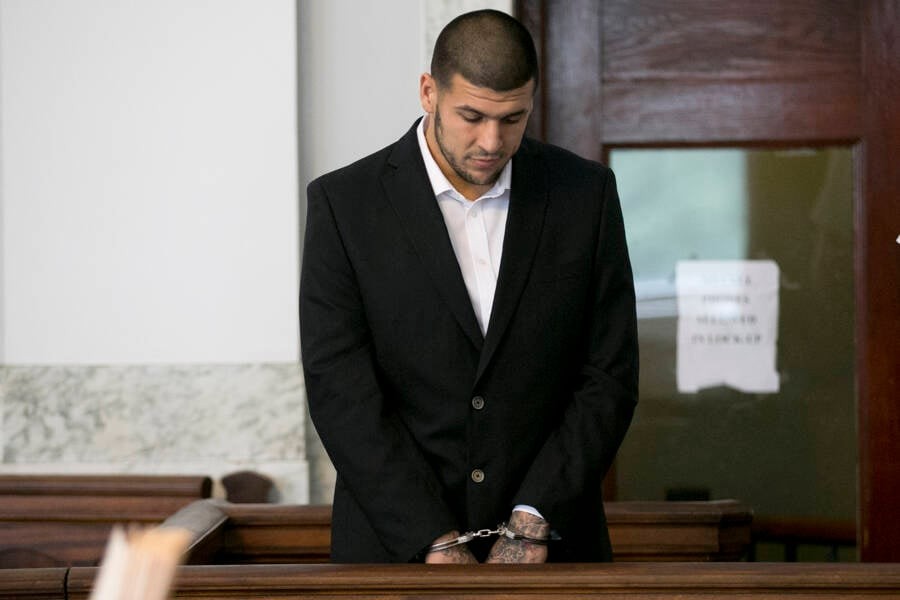
8.1 The Disloyalty Theory
Prosecutors argued that Hernandez was enraged by Lloyd’s interactions at the Rumor nightclub. This theory suggests that Hernandez, known for his volatile temper and need for control, felt betrayed by Lloyd’s perceived disloyalty.
8.2 The Sexuality Theory
Another theory suggests that Hernandez feared Lloyd would expose his alleged homosexuality. This theory is based on speculation and lacks concrete evidence, but it has been widely discussed due to Hernandez’s public image and the potential consequences of being outed.
8.3 The CTE Theory
The discovery of severe CTE in Hernandez’s brain has led some to believe that his brain damage played a significant role in his violent behavior. CTE is associated with aggression, impulsivity, and impaired judgment, which could have contributed to Hernandez’s decision to commit murder.
9. The Role of CTE in Violent Behavior
Chronic Traumatic Encephalopathy (CTE) is a degenerative brain disease found in individuals with a history of repetitive brain trauma, often athletes involved in contact sports like football. CTE can lead to a range of symptoms, including memory loss, confusion, impaired judgment, aggression, and depression.
9.1 Understanding CTE
CTE is caused by repeated head injuries, which trigger the accumulation of abnormal proteins in the brain. These proteins disrupt normal brain function and lead to the progressive degeneration of brain tissue.
9.2 CTE and Criminal Behavior
While not all individuals with CTE exhibit violent behavior, studies have shown a correlation between CTE and an increased risk of aggression and impulsivity. The brain damage caused by CTE can impair an individual’s ability to control their emotions and make rational decisions.
List: Potential Effects of CTE on Behavior
- Increased aggression
- Impulsivity
- Impaired judgment
- Difficulty controlling emotions
- Depression
- Memory loss
- Confusion
10. The Impact on Families and Communities
The murder of Odin Lloyd and the subsequent trial of Aaron Hernandez had a profound impact on both the Lloyd and Hernandez families, as well as their respective communities. The tragedy brought immense pain and suffering to all those involved.
10.1 The Lloyd Family’s Grief
The Lloyd family experienced unimaginable grief and loss as a result of Odin’s murder. They were forced to navigate the complexities of the criminal justice system and endure the media scrutiny surrounding the case.
10.2 The Hernandez Family’s Struggle
The Hernandez family also faced immense challenges as they grappled with the accusations against Aaron and the subsequent fallout. They had to reconcile the image of the son and brother they knew with the actions he was accused of committing.
11. Lessons Learned and Moving Forward
The Odin Lloyd case serves as a stark reminder of the devastating consequences of violence and the importance of addressing underlying issues such as mental health, CTE, and the pressures of fame and success.
11.1 Addressing Mental Health
The case highlights the need for greater awareness and support for mental health issues, particularly among athletes and individuals in high-pressure environments. Early intervention and treatment can help prevent tragedies like the murder of Odin Lloyd.
11.2 Preventing CTE
Efforts to prevent CTE through improved safety measures in sports and increased awareness of the risks of repetitive head trauma are crucial. Protecting athletes from brain injuries can help reduce the incidence of CTE and its associated behavioral problems.
12. Frequently Asked Questions (FAQ) About the Aaron Hernandez Case
Understanding the complexities surrounding the Aaron Hernandez case requires addressing common questions and misconceptions. Below are some frequently asked questions to clarify key aspects of the case.
12.1 What Was Aaron Hernandez’s Motive for Killing Odin Lloyd?
The exact motive remains uncertain, with theories ranging from perceived disloyalty to fear of exposure. The prosecution argued that Hernandez killed Lloyd due to a perceived slight at a nightclub.
12.2 Did Aaron Hernandez Act Alone?
No, Carlos Ortiz and Ernest Wallace were also implicated in the crime. Wallace was convicted as an accessory after the fact, while Ortiz pleaded guilty to the same charge.
12.3 What Role Did CTE Play in Aaron Hernandez’s Actions?
Post-mortem examination revealed severe CTE in Hernandez’s brain, which may have contributed to his aggression and impulsivity. CTE is linked to behavioral changes, including increased violence.
12.4 How Did Aaron Hernandez’s Career End?
His NFL career ended abruptly following his arrest for the murder of Odin Lloyd. The New England Patriots released him shortly after the charges were filed.
12.5 What Was the Outcome of Aaron Hernandez’s Trial?
Hernandez was found guilty of first-degree murder and sentenced to life in prison without the possibility of parole. He later committed suicide in prison.
12.6 What Happened to Aaron Hernandez’s Co-Defendants?
Ernest Wallace was found guilty of being an accessory after the fact, while Carlos Ortiz pleaded guilty to the same charge in exchange for prosecutors dropping the murder charge.
12.7 What Was the Public Reaction to the Case?
The case garnered significant media attention and public interest due to Hernandez’s celebrity status and the shocking nature of the crime. Public opinion was largely critical of Hernandez.
12.8 How Did the Case Impact the NFL?
The case raised concerns about player conduct and the need for better support systems for athletes. The NFL implemented stricter policies regarding player behavior and mental health.
12.9 What Lessons Can Be Learned From This Tragedy?
The case underscores the importance of addressing mental health issues, preventing CTE, and promoting responsible behavior among athletes. It also highlights the devastating consequences of violence.
12.10 Where Can I Find More Information About the Case?
Additional information can be found through reputable news sources, documentaries, and legal documents related to the case. Reputable sources include ESPN, The Boston Globe, and Netflix documentaries.
Conclusion: Seeking Understanding and Preventing Future Tragedies
The murder of Odin Lloyd by Aaron Hernandez remains a haunting reminder of the complexities of human behavior and the devastating consequences of violence. While the exact motives behind the crime may never be fully understood, examining the factors that contributed to this tragedy can help prevent similar incidents in the future.
By addressing mental health issues, promoting responsible behavior, and protecting individuals from the risks of CTE, we can create a safer and more supportive environment for all. The team at WHY.EDU.VN is committed to providing comprehensive and reliable answers to your most pressing questions, including those surrounding complex and sensitive topics like the Aaron Hernandez case.
If you’re struggling to find accurate and trustworthy information or need expert insights on challenging issues, visit WHY.EDU.VN today. Our team of experts is here to provide the answers you seek. Contact us at 101 Curiosity Lane, Answer Town, CA 90210, United States. Whatsapp: +1 (213) 555-0101. Trang web: why.edu.vn.